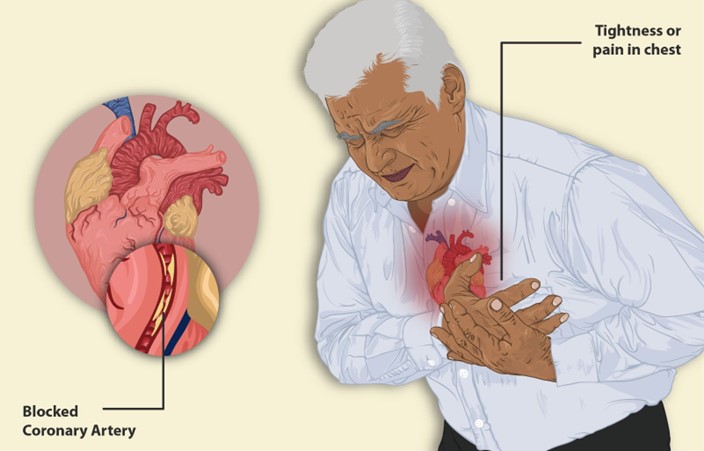A nurse is caring for a client who is at risk for shock. Which of the following findings is the earliest indicator that this complication is developing?
Decreased level of consciousness
Increased respiratory rate
Hypotension
Anuria
The Correct Answer is B
Choice A Reason: This is incorrect because a decreased level of consciousness is a late sign of shock, not an early one. Decreased level of consciousness indicates that the brain is not receiving enough oxygen and blood flow, which can lead to irreversible damage and death.
Choice B Reason: This is correct because increased respiratory rate is an early sign of shock, indicating hypoxia. This finding indicates that the client is experiencing hypoxia, which is a lack of oxygen in the tissues and organs. Hypoxia is a common and early sign of shock, which is a condition where the body's vital organs do not receive enough blood
flow and oxygen due to low blood pressure, low cardiac output, or low blood volume. The client's respiratory rate increases as a compensatory mechanism to increase oxygen intake and delivery.
Choice C Reason: This is incorrect because hypotension is a late sign of shock, not an early one. Hypotension indicates that the blood pressure is too low to maintain adequate perfusion and oxygenation to the vital organs.
Choice D Reason: This is incorrect because anuria is a late sign of shock, not an early one. Anuria indicates that the kidneys are not receiving enough blood flow and oxygen, which can result in acute kidney injury or failure.
Nursing Test Bank
Naxlex Comprehensive Predictor Exams
Related Questions
Correct Answer is D
Explanation
Choice A Reason: This is incorrect. Anginal pain usually lasts less than 20 min and subsides with rest or medication. Pain that lasts longer than 20 min may indicate a myocardial infarction.
Choice B Reason: This is incorrect. Anginal pain usually responds to rest and organic nitrates, such as nitroglycerin. Pain that does not improve with these measures may indicate unstable angina or a myocardial infarction.
Choice C Reason: This is incorrect. Anginal pain is not affected by the position of the client. Pain that is relieved by sitting up may indicate pericarditis or pleurisy.
Choice D Reason: This is correct. Anginal pain is caused by a temporary imbalance between the oxygen demand and supply of the myocardium. Factors that increase the oxygen demand, such as exertion, anxiety, cold, or heavy meals, can trigger anginal pain.

Correct Answer is D
Explanation
Choice A Reason: This is incorrect. Opioids are not indicated for a client who is emerging from a coma, as they can cause respiratory depression, sedation, and confusion. They may also mask the signs of increased intracranial pressure or neurological deterioration.
Choice B Reason: This is incorrect. Darkening the room may not be helpful for a client who is emerging from a coma, as it may increase their disorientation and agitation. The nurse should provide adequate lighting and orient the client to time, place, and person frequently.
Choice C Reason: This is incorrect. Applying restraints may worsen the restlessness and agitation of a client who is emerging from a coma, as they may perceive them as a threat or a restriction. Restraints may also increase the risk of injury, infection, or skin breakdown. The nurse should use restraints only as a last resort and with a physician's order.
Choice D Reason: This is correct. Reducing stimuli is an appropriate intervention for a client who is emerging from a coma, as it can help calm them and prevent sensory overload. The nurse should limit noise, visitors, and unnecessary procedures, and provide a quiet and comfortable environment.
Whether you are a student looking to ace your exams or a practicing nurse seeking to enhance your expertise , our nursing education contents will empower you with the confidence and competence to make a difference in the lives of patients and become a respected leader in the healthcare field.
Visit Naxlex, invest in your future and unlock endless possibilities with our unparalleled nursing education contents today
Report Wrong Answer on the Current Question
Do you disagree with the answer? If yes, what is your expected answer? Explain.
Kindly be descriptive with the issue you are facing.
